- FOUNDATION
- |
- IPPE
- |
- PPFC
- |
- CONTACT
Biosecurity
Biosecurity practices are proven, cost effective techniques to control and prevent the spread of diseases in poultry operations. In an expanding global economy, it is of extreme importance to protect the health of our flocks in order to maintain and improve efficiencies and minimize economic losses due to disease outbreaks. This website is intended to highlight these measures and provide guiding concepts.
Infectious Disease Risk Management: Practical Biosecurity Resources for Commercial Poultry Producers
The Infectious Disease Risk Management: Practical Biosecurity Resources for Commercial Poultry Producers discuss in detail the main biosecurity practices in poultry production. This DVD can be used for building biosecurity plans and personnel training.
To order this DVD, go to the USPOULTRY Training Resources page under "Biosecurity" and submit an order request.
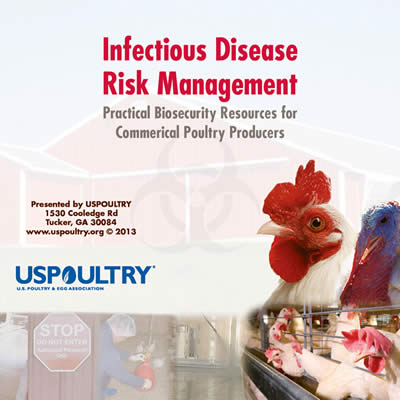
NPIP Biosecurity Principles Template (2021 Update)
This guide serves as template to build and maintain biosecurity plans following the NPIP biosecurity principles. This can be used to track implementation and continuous improvement activity.
To request access to this guide, go to the USPOULTRY Training Resources page under "Biosecurity" and submit an access request.
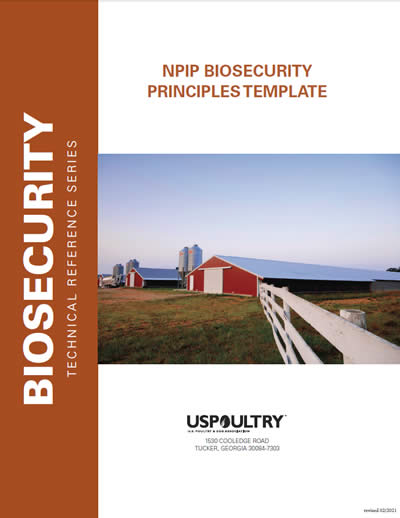
NPIP Biosecurity Audit Form
Downloadable template.
Poultry Biosecurity
If you already have a biosecurity plan, compare it to the checklist on the poultrybiosecurity.org Web site and make sure all the items are included in your plan. If not, enhance your biosecurity plan.
Any type of poultry production runs into the risk of acquiring diseases that disrupts production, damages your investment, and has a negative impact to your livelihood. The scope of past disease outbreaks demonstrated that the biosecurity of poultry facilities needs to be strengthened to reduce the risk of future infections as much as possible.
To assist poultry producers in implementing effective biosecurity plans, the Animal and Plant Health Inspection Service (APHIS) worked with State, academic, and industry experts to develop this biosecurity checklist.
Spotlight on Biosecurity
Diseases like highly pathogenic avian influenza can reach beyond the commercial poultry industry, impacting backyard and hobby flocks as well. Large disease outbreaks like the HPAI outbreak in 2014-2015 can even affect consumer prices and product availability. It is important that anyone who has contact with poultry should follow some basic biosecurity practices to help protect their birds.
Biosecurity Self-Assessment
Biosecurity approaches fall into two categories. Structural biosecurity is built into the physical construction and maintenance of a facility. Operational biosecurity encompasses the standard operating procedures (SOPs) that minimize the chance of virus entering the poultry house and compliance with those SOPs. Over the long term, poultry producers will need to consider both operational and structural biosecurity to reduce their overall risk of disease.
This document emphasizes the elements for improving biosecurity that are believed to be the most effective. Based on expert opinion and experience, the highest risks for the introduction and spread of disease are personnel who enter the poultry buildings, shared equipment and shared crews, procedures for disposal of dead birds, and manure management. These elements should be the highest priority in allocating resources for improved biosecurity. Further, three concepts may be new to most existing biosecurity plans and should be strongly considered for all commercial operations: a biosecurity coordinator, a line of separation for each building, and a perimeter buffer area.
APHIS recommends producers to develop a site-specific plan to implement enhanced operational biosecurity as soon as feasible. In addition, effective biosecurity requires vigilance; producers should put a system in place to verify that biosecurity enhancements are being followed. Lastly, this checklist assumes that infections are limited to animals. Special precautions will be needed if the virus mutates to affect people.
USDA Highly Pathogenic Avian Influenza Response Policy
On this page: Response and Policy Information, FAD PReP Resources for HPAI, Information About Prior Outbreaks, Other USDA Resources, HPAI Response Plan
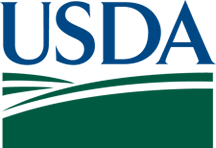
Defend the Flock Program
USDA's Animal and Plant Health Inspection Service (APHIS) is committed to helping everyone protect our poultry - from commercial enterprises that raise the poultry and eggs that we consume to individuals who raise chickens and other breeds in their backyards to bird lovers who participate in shows and fairs.
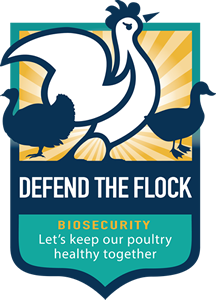
Wild Birds, Rodents, and Insects
The presence of wildlife can increase the risk of disease entering a farm. Insects and rodents can also be vectors of disease affecting poultry. It is necessary to control these safely for both humans and animals alike.
Veterinary Entomology Website
A pest management and education resource for animal owners and producers, extension agents, veterinarians, wildlife professionals, and the public.
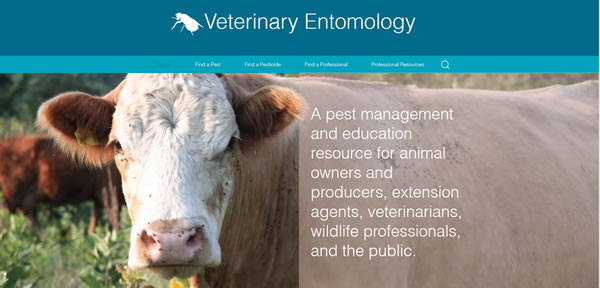
Mortality Disposal
Any poultry operation may encounter routine mortality. Adequate removal and disposal of mortality is required to ensure the health of a poultry flock.
CAST Poultry Carcass Disposal
Carcass disposal remains one of the major problems facing poultry meat and egg producers. As in all types of food-animal production, some poultry die at the farm level and must be disposed of in a safe and environmentally sound manner.
Use of Composting for the Disposal of Dead Animals
Recent high-profile disease outbreaks in the United Kingdom (UK), North America
and Australia have focussed the attention of biosecurity agencies on finding
alternatives to rendering, on-farm burial, sanitary landfilling and pyre burning for
carcass disposal in future outbreaks of emergency animal diseases. Composting of
farm animal mortalities is one possible alternative as it appears to meet the
biosecurity, environmental, and public health objectives of safe carcass disposal.
Reporting of Elevated Morbidity or Mortality
A disease outbreak requires prompt response and one of the most important steps to eliminate a mayor disease outbreak may require the elimination of poultry flocks. Here you'll find resources that demonstrate how to properly eliminate and dispose of a diseased flock.
CAST Poultry Carcass Disposal
Carcass disposal remains one of the major problems facing poultry meat and egg producers. As in all types of food-animal production, some poultry die at the farm level and must be disposed of in a safe and environmentally sound manner.
Mortality Management Options During an Avian Influenza Outbreak
Mortality management practices have pros and cons
and should be carefully considered, based on the situation
at hand. Site assessment, biosecurity, severity of outbreak
and available resources are key elements that influence the
decision-making process when selecting the most appropriate
option.
Poultry Mass Mortality Composting Options
Every farm needs a mass mortality plan! Select a composting option that matches the nature and extent of losses, resources available and farm situation.
General Info
Events & Meetings
People & Groups
- Affiliated States
- Air Cargo Committee
- Hen Council
- Industry Partners
- Poultry Protein & Fat Council
- USPOULTRY Foundation
